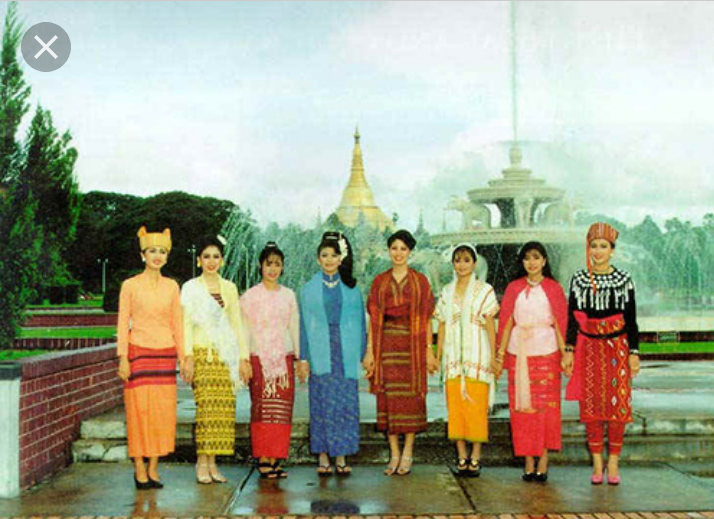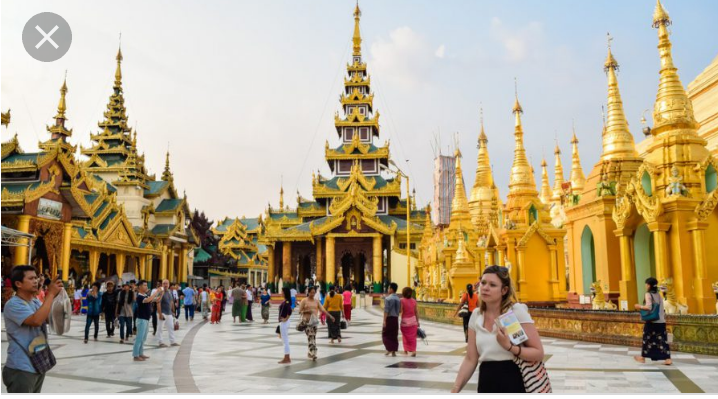Myanmar
ABOUT MYANMAR (BURMA)
Throughout this website, you can find comprehensive and up-to-date information on travelling in Myanmar, what to see and where to stay. This section is designed to give you a little background and a potted history of this fascinating and fast-changing country.

SOME KEY FACTS
Myanmar (Burma) is a country that covers 676,578 square kilometres (about the size of France) and has a population of 52 million. These people are made up of a striking array of different ethnic groups, which include Bamar/Burmese (by some distance the largest in number), Shan, Karen, Kachin, Chin, Mon, Han Chinese and Indian, to name but a few.
This variety of ethnicities also means massive language diversity, although Burmese is the official language, and English is widely used – to varying degrees of proficiency.
Since 2005, the capital has been located in Nay Pyi Taw, but the former capital, Yangon (Rangoon), remains the biggest city, commercial centre, and arrival point for most visitors. The moving of capitals is in fact in line with the tradition of upheaval and renewal in Myanmar – the country has had many capitals over the years, including Mandalay, Inwa and Mrauk U, to name just a few.

Myanmar or Burma?
The official name of the country is the Republic of the Union of Myanmar. In 1989, the name was changed from Burma to Myanmar. Both names are derived from the majority ethnic group, the Bamar – Myanmar being the formal, literary term, and Burma the colloquial, everyday term.
The reason this is a contentious issue is because the change was undertaken by an unelected military government without consulting the people. Under today’s more representative system, Aung San Suu Kyi's ruling National League for Democracy Party uses both ‘Myanmar’ and ‘Burma’; at a speech to foreign ambassadors in April 2016, Aung San Suu Kyi said that she would use both names after many years of only using ‘Burma’.
The governments of countries such as the US and UK continue to use ‘Burma’, but ‘Myanmar’ is used in the vast majority of international media; it is used by the UN; and in general when travelling in the country you find that locals use ‘Myanmar’ when talking freely to foreigners. For these reasons, ‘Myanmar’ is used on this website.
A BIT OF HISTORYKingdoms, dynasties and British rule
The large number of ethnic groups, or nationalities, that make up Myanmar’s population, together with the continual changing of capital cities, reflect a turbulent past. From the 11th through to the late 19th century, Myanmar was ruled by a succession of competing dynasties, the most successful and expansionist of which controlled not only Myanmar but much of what is now Thailand and Laos, as well as parts of India and China.
The hills and mountains that surround the huge Irrawaddy valley form Myanmar’s natural borders and helped to protect it from foreign invasion for many centuries. However, they were not enough to halt the advance of the British Empire, which occupied Myanmar in two stages during the 19th century.
Independence
The Second World War saw Myanmar set as a battleground between Japanese and Allied forces, and large parts of the country were devastated. However, after a long struggle, Myanmar gained independence in 1948 – due in no small part to the determination of General (or Bogyoke, in Burmese) Aung San, who was murdered by political rivals only months before his dream was realised. Current democracy hero Aung San Suu Kyi is Aung San’s daughter, and was only two years old when he died.

Thank you for your reading
The reference is https://www.go-myanmar.com/about-myanmar
Burma was a beta test in the 70s for what is going on today. God Bless Burma, and Aung San Suu Kyi.
USA loves You! Be safe!
Yeah thank you for your interest, Nowaday better then.
I want say something that welcome myanmar.